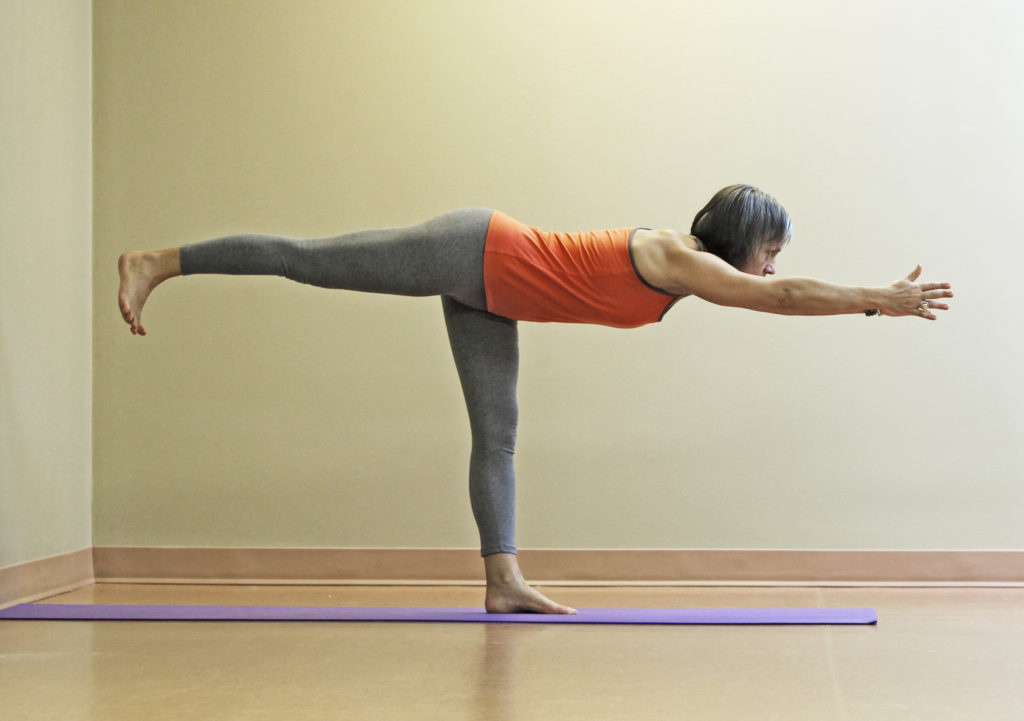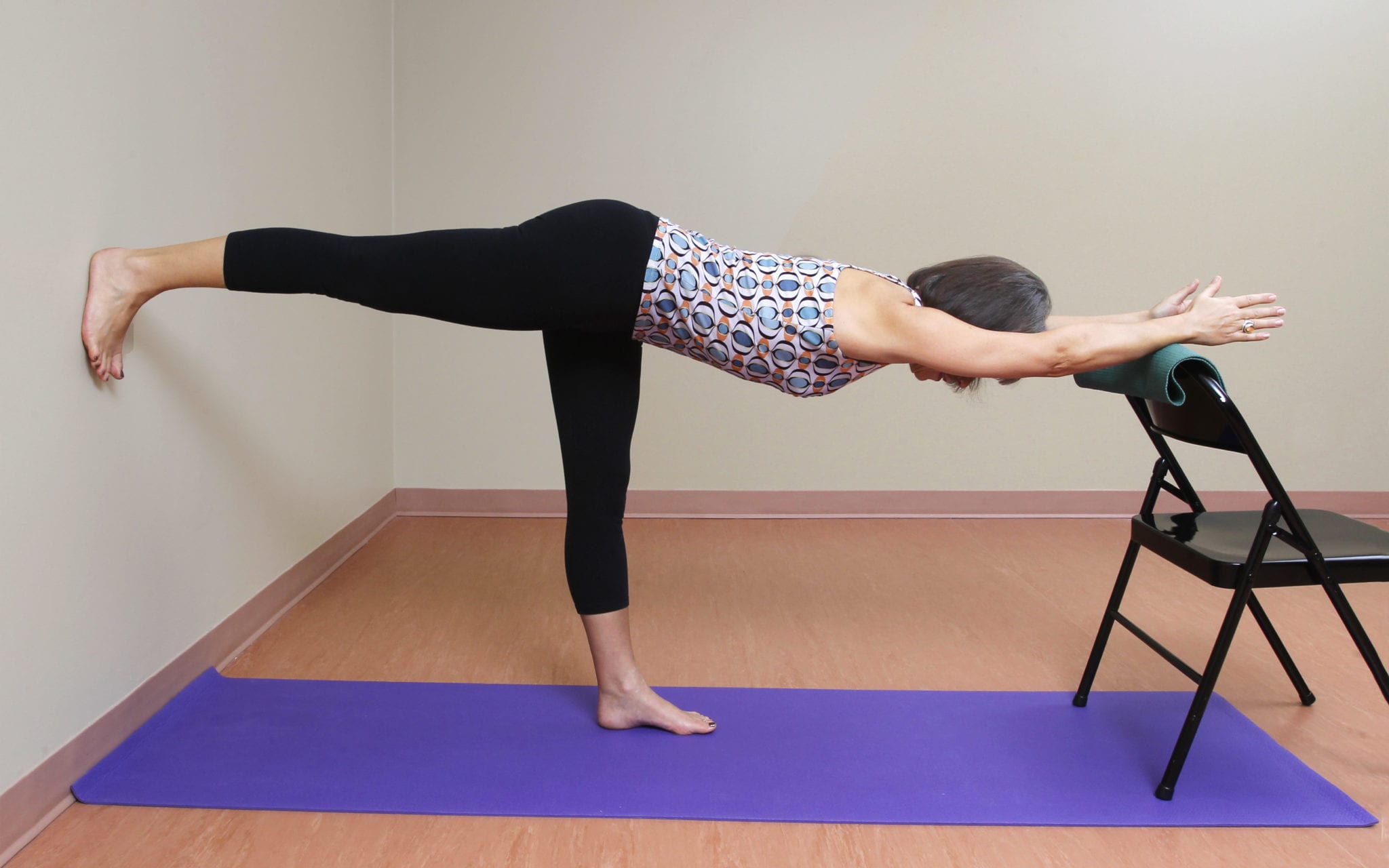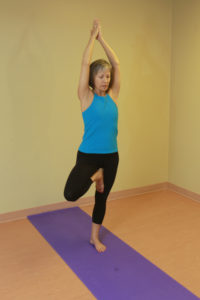Meditation can be a helpful tool to unravel complex emotions. By looking directly at the anger, you start to strip away the stories, focusing instead on the raw feeling, that stirs within you.
Gelong Thubten
Are you struggling with letting go of past anger? Arguably, everyone has either faced this challenge in their lifetime or repeatedly turned away from it. Emotional Intelligence literature and several millennia of yoga teachings instruct us to face our anger. Turning toward our anger rather than turning away from it, liberates us by bringing ease and stability to our physical, energetic, and mental-emotional bodies (Annamaya, Pranamaya, and Manomaya Koshas, respectively).
Below are tools for Turning Toward one’s Anger —
- First, accept that whatever triggers your anger belongs to you and is NOT the fault of someone or something else. All emotions are a choice and begin within us.
- Second, turn inward to look at and feel the rising anger so you can learn about its inner trigger and source. The practices of meditation and yoga asanas (postures) open us to awareness and intuitive wisdom. Growing our capacity to understand who we are in each moment builds self-forgiveness, compassion, and love. All of which, along with understanding, dissolve anger.
- Third, by replacing angry reactions with compassion and loving-kindness, we are bringing positive karma into being rather than adding even more negative karma to an already angry world.
The next time you begin to feel anger rising, try moving into Virabhadrasana III, a pose meant to strengthen your balance and your core. Vira III represents the courage of a fierce warrior prepared to offer her/his life for a divine mission. What mission could be more divine than to replace anger with compassion and love?
Of course, each of us has made the mistake of projecting our anger onto others even when on a spiritual path. And this is where self-forgiveness is important. Fortunately, yoga enables us to navigate ourselves out of angry uncontrollable situations. The capacity to control one’s anger empowers self-confidence, courage, and humility as does the practice of Virabhadrasana III.
Learn who you are in Virabhadrasana III by practicing these three yoga actions. Click on the audio file below for my verbal instructions.

Yoga Action (Annamaya Kosha):
– Balance the body’s weight on the Inner Trochanter of the standing leg. Actively, extend out the heel of the raised leg.
Yoga Action (Pranamaya Kosha):
– Create space between the top of the tailbone and the bottom of the sacral bone. Broaden this space outward into both outer hips, which helps to keep the pelvis even with the floor.
Yoga Action (Manomaya Kosha):
– rest in the pose by silently repeating to yourself “HO OPONOPON O”; Hawaiian for “I’m sorry, Please forgive me, Thank you, I love you.”
NOTE: It may take more than one pose before you awaken these yoga actions or areas in your body and begin to feel the arising sensations and releases. In that case, apply the three yoga actions to the following poses –
EKA PADA WALL STRETCH
EKA PADA ADHO MUKHA SVANASANA
ARDHA ADHO MUKHA VRKSASANA
ARDHA EKA PADA ADHO MUKHA VRKSASANA
For more asanas, sequences, and yoga actions, click here.
Namaste.





